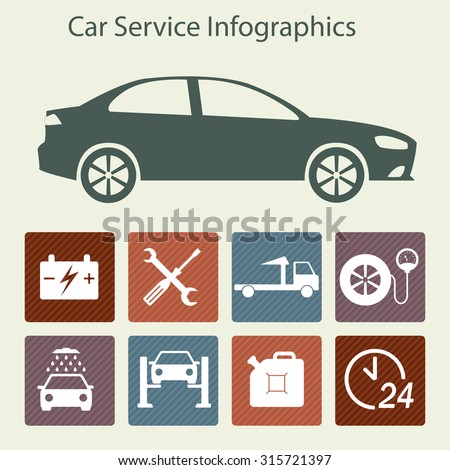Analyzing Your Vehicle'S Alert Lights: Their True Ramifications
Analyzing Your Vehicle'S Alert Lights: Their True Ramifications
Blog Article
Article Written By-Faulkner Alvarado
When you're behind the wheel, those beautiful caution lights on your dashboard can be a little bit complicated. Do you recognize what they're attempting to tell you about your auto's health? Recognizing the significance of these lights is essential for your security and the long life of your lorry. So, the next time among those lights pops up, would not you wish to analyze its message accurately and take the essential steps to address it?
Common Caution Lights and Interpretations
Recognize common caution lights in your auto and recognize their definitions to make sure risk-free driving.
One of the most common caution lights include the check engine light, which indicates problems with the engine or emissions system. If this light begins, it's essential to have your car examined without delay.
The oil stress cautioning light indicates reduced oil stress, requiring immediate focus to prevent engine damage.
A blinking battery light could suggest a defective billing system, potentially leaving you stranded otherwise addressed.
The tire pressure tracking system (TPMS) light signals you to reduced tire pressure, impacting vehicle stability and fuel effectiveness. Overlooking https://oil-change-prices39516.atualblog.com/36039654/success-chronicle-breathing-new-life-into-a-neglected-auto-via-outlining might cause unsafe driving problems.
The abdominal muscle light indicates a trouble with the anti-lock stopping system, compromising your capacity to stop swiftly in emergencies.
Last but not least, the coolant temperature level warning light warns of engine getting too hot, which can cause severe damages otherwise resolved quickly.
Recognizing best car wax nz will aid you address issues immediately and keep secure driving conditions.
Importance of Prompt Attention
Comprehending the common caution lights in your cars and truck is just the very first step; the value of promptly resolving these cautions can't be stressed enough to ensure your safety when traveling.
When a warning light brightens on your control panel, it's your automobile's means of communicating a possible concern that needs focus. Disregarding these cautions can result in a lot more serious issues in the future, compromising your security and potentially costing you a lot more in repairs.
Motivate focus to alerting lights can avoid break downs and mishaps. For example, a blinking check engine light could show a misfire that, if left ignored, could trigger damage to the catalytic converter. Addressing this quickly can conserve you from an expensive repair work.
Similarly, a brake system advising light might signify reduced brake liquid or worn brake pads, crucial components for your safety and security when driving.
Do It Yourself Troubleshooting Tips
If you notice a warning light on your dashboard, there are a couple of DIY fixing ideas you can attempt before seeking specialist aid.
The initial step is to consult your auto's manual to comprehend what the particular caution light shows. Sometimes the issue can be as straightforward as a loose gas cap causing the check engine light. Tightening up the gas cap may solve the issue.
An additional common concern is a reduced battery, which can set off various cautioning lights. Inspecting the battery connections for corrosion and ensuring they're secure might take care of the problem.
If a warning light persists, you can try resetting it by disconnecting the vehicle's battery for a few minutes and after that reconnecting it. In addition, inspecting your car's liquid degrees, such as oil, coolant, and brake fluid, can aid repair alerting lights associated with these systems.
Verdict
To conclude, understanding your auto's caution lights is crucial for keeping your vehicle running efficiently and safely. By without delay addressing these alerts and understanding what they indicate, you can prevent pricey repair work and potential failures.
Remember to consult your vehicle's guidebook for particular information on each cautioning light and act as necessary to make sure a trouble-free driving experience.
Keep educated, stay risk-free when traveling!
